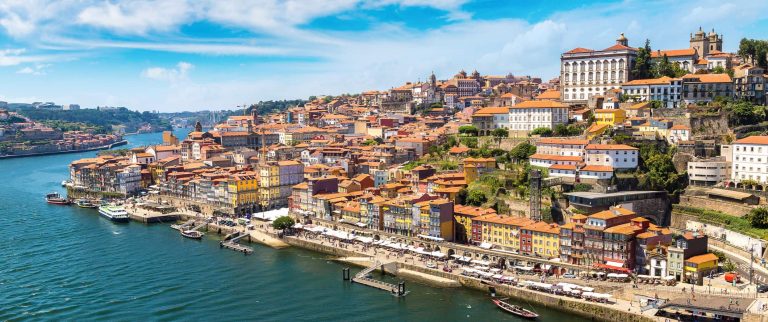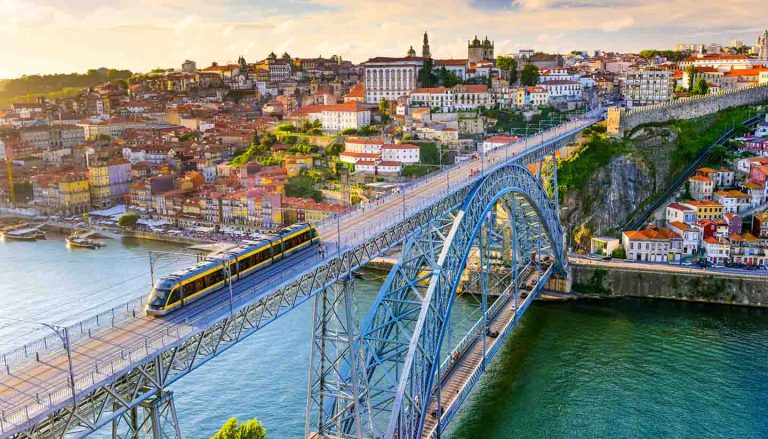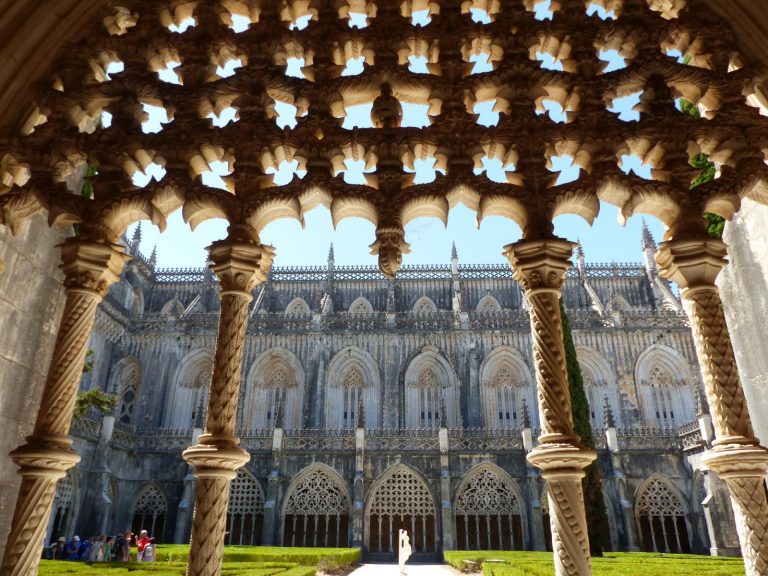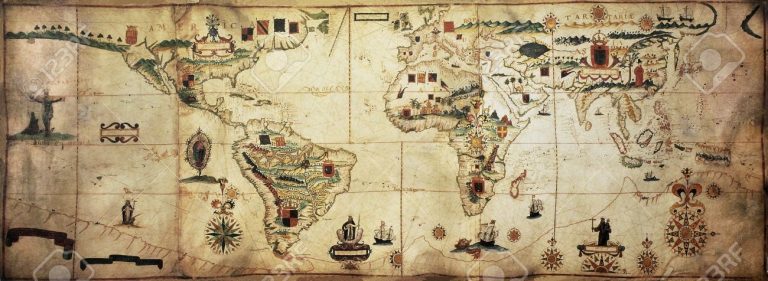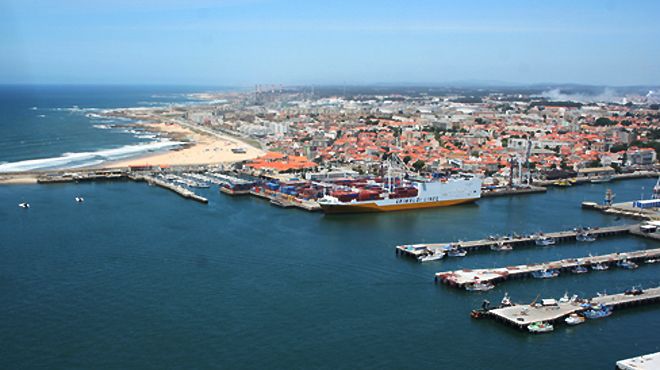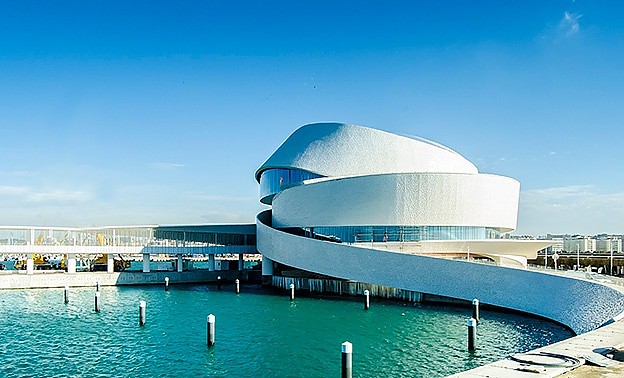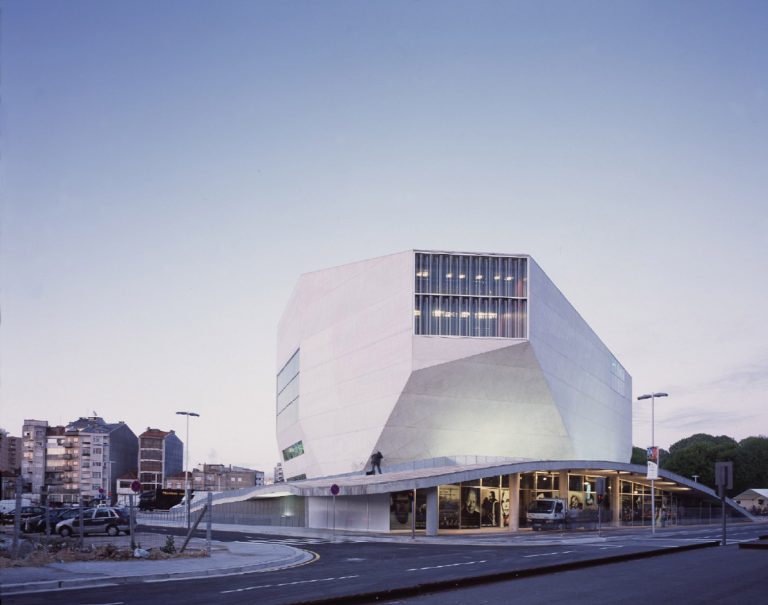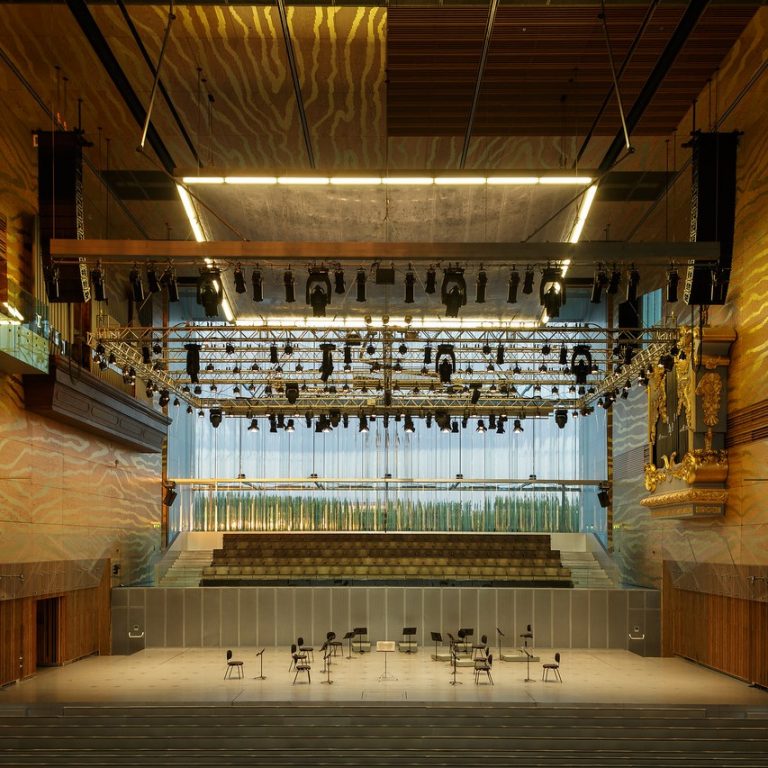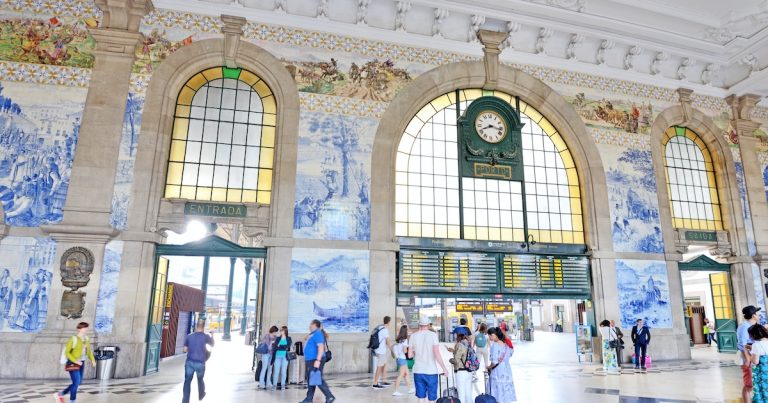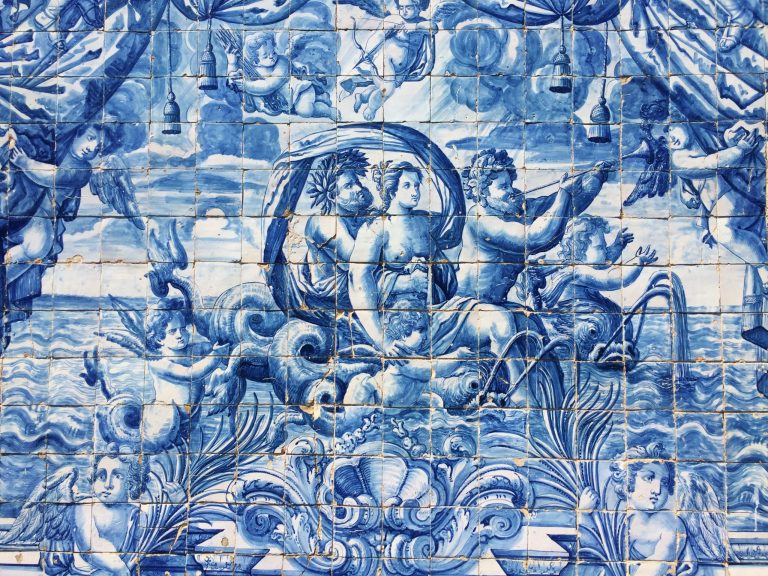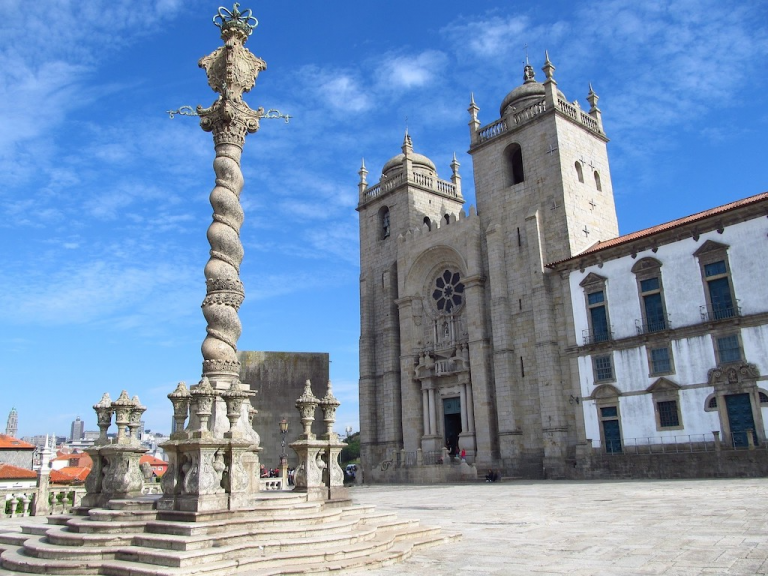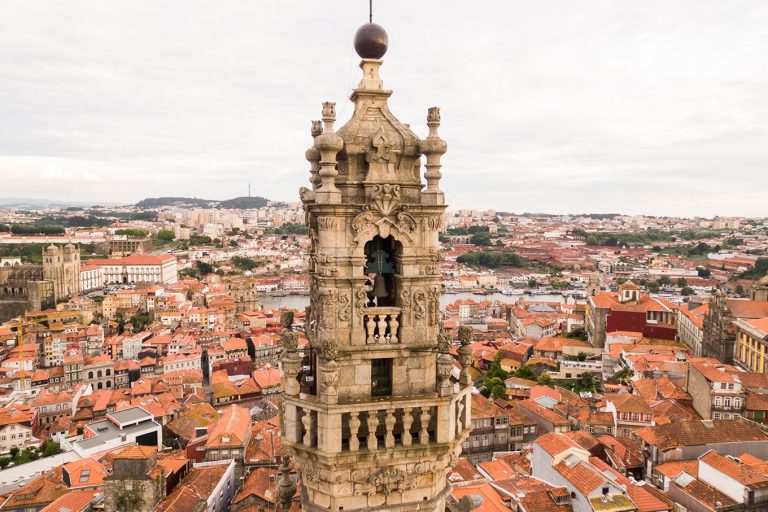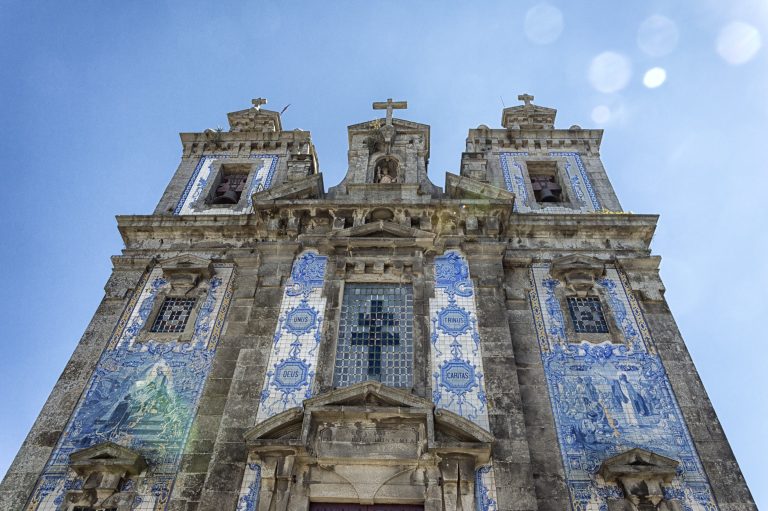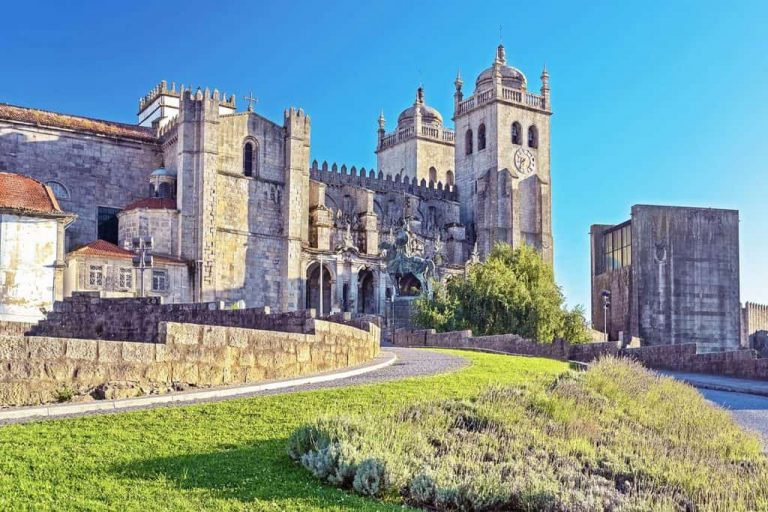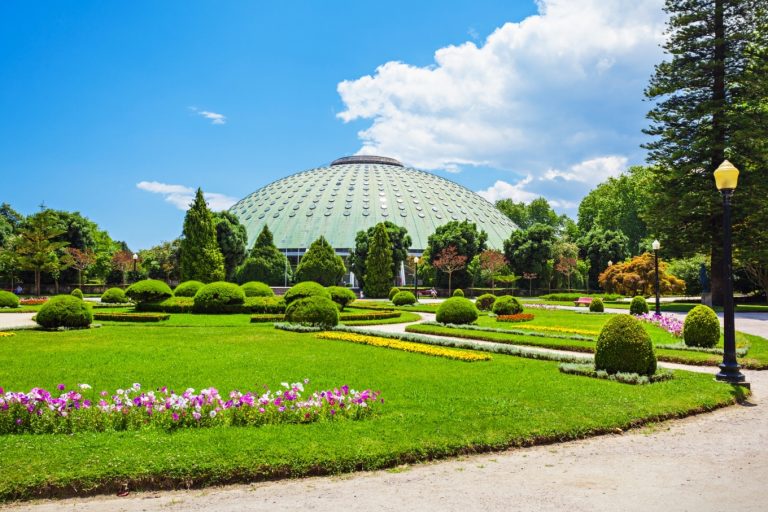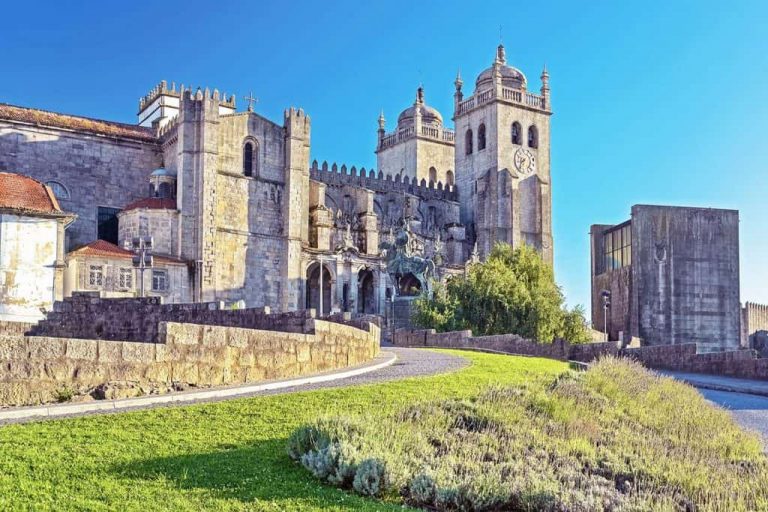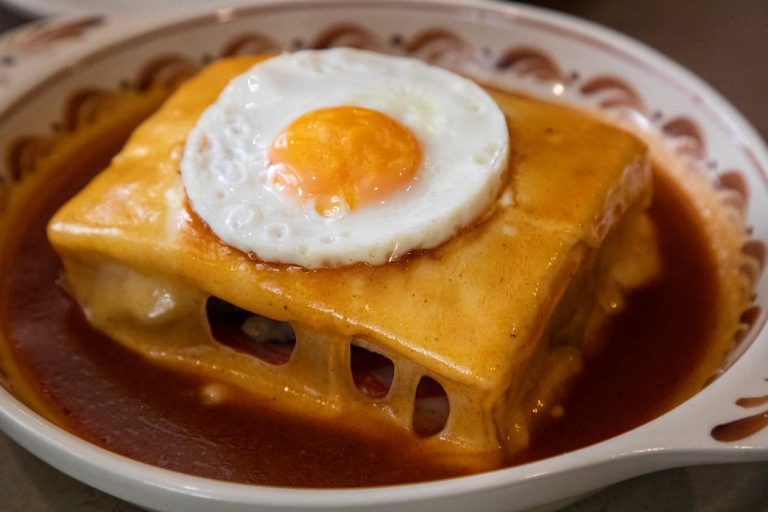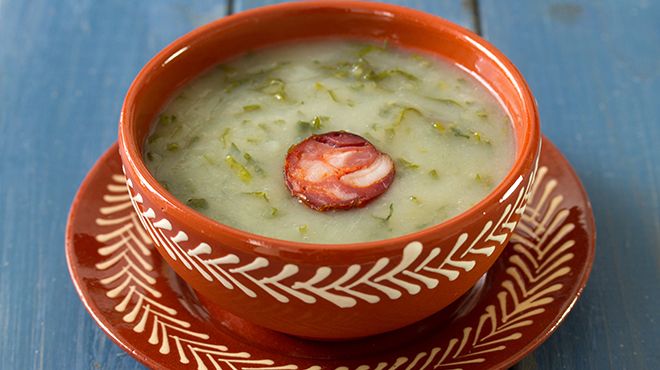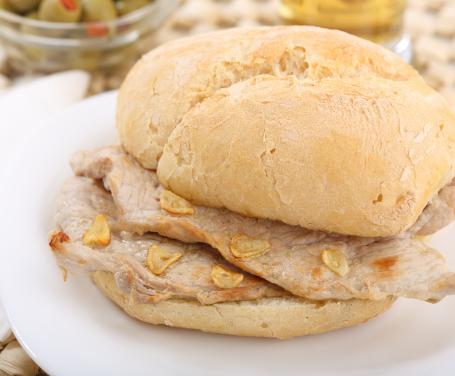Porto, a city of baroque beauty in Portugal
Porto is the gateway and starting point for a journey through the diverse landscape and culture of Portugal. It’s the city of wine and sunset tastings, baroque beauty, and colors along the banks of the Douro River. A vibrant destination rich in history, offering intense emotions and indelible memories to its visitors.
Known primarily for Port wine, Porto boasts an architectural heritage that blends the antiquity of monuments and churches. Numerous cruise ships make a stop at the Portuguese port, Leixoes, providing the opportunity for a complete city tour, exploring key architectural attractions such as the Clérigos Church. To reach its 75-meter-high tower, one can climb 240 steps for a fantastic panoramic view of Porto. Another must-visit during your vacation is São Bento, considered one of Europe’s most decorative train stations.
Porto
Porto Portugal Bridge
A bit of history: the origins
Porto, the city that gave Portugal its name, was originally called Cale, a small Celtic village located at the mouth of the Douro, where the Romans built a port, “Portus Cale,” giving rise to the name “Portugal.” The village was occupied by the Romans, who transformed Portus Cale into a stop on the route between Braga and Lisbon. The city was then occupied by the Visigoths with King Teodorico, between 540 and 716; it was later conquered by the Arabs, who ruled Porto until it was reconquered by King Alfonso I of Asturias. The county of Porto belonged to the Kingdom of León until 1143 when it became part of the new Kingdom of Portugal with Alfonso Enríquez as its first monarch. During the age of Portuguese exploration, Porto grew and developed, becoming the epicenter of European trade, and its ports formed the basis of its ships and goods.
……
Batalha 12
lancaster
John I and Philippa of Lancaster married in Porto in 1387, symbolizing the world’s oldest military alliance between England and Portugal. In the 15th century, the city was one of Portugal’s most important naval centers and the birthplace of many sailors. For 60 years, from 1580 to 1640, Porto’s history, along with that of Portugal and Spain, was united in the largest empire of all time. It was a period of great artistic fervor, culminating in what was called “The Golden Age of Porto,” the 18th century. During the Napoleonic invasion, the Spanish occupied Porto in 1807. Two years later, in 1809, General Soult recaptured the city for the French. In the 18th century, Porto’s golden age, the city underwent a radical transformation with the construction of splendid neoclassical and baroque buildings. The economic boost of those years resulted from the development of the wine industry.
14986615-antico-mondo-planisfero-portolano-mappa-di-spagnolo-e-portoghese-marittima-e-impero-coloniale-creato-archivio-fotografico
Liberal and Progressive Porto
A long history of fighting for civil rights has given Porto its reputation as a liberal and progressive city. In the 19th century, it was the birthplace of illustrious poets and sculptors. In 1820, Porto was the scene of a military uprising that ended absolute monarchy, leading to the creation of a liberal constitution. In 1890, the Leixoes port was built, fostering Porto’s economic growth. At the beginning of the 20th century, with the arrival of the Republic, the city underwent a major urban transformation, symbolized by Avenida dos Aliados.
marina porto
leixoes
Porto in the 20th Century
In 1919, an attempted independence led by Paiva Couceiros temporarily transformed Porto into the capital of northern Portugal. The immediate republican reaction quelled the insurrection.
During Salazar’s dictatorship, which lasted until the Carnation Revolution of 1974, infrastructure in Porto significantly improved, including the construction of the Arrábida Bridge in 1963. In 2001, Porto was the European Capital of Culture, alongside Rotterdam. On this occasion, the distinctive Casa da Música auditorium was built in Boavista, a symbol of the capital. Economically, Porto has lagged behind Lisbon but has retained its reputation as a hardworking city.
Imacon Color Scanner
casa da musica 2
What to See in Porto in One Day?
Unfortunately, 24 hours are quite limited. Ideally, you should visit the city for at least 2 or 3 days. During your visit to Porto, a stop at the São Bento station, now a city symbol, is a must. It is one of the busiest and most well-known train stations in Portugal. Built on the site of a convent after the railway line’s expansion in 1896, its architectural design, signed by José Marques da Silva, was approved by the Municipality on the same date. Constructed in the early 1900s, it came into operation a decade later, in 1916, due to various obstacles. The architectural style used is typical of the Beaux-Arts school in Paris.
Sao Bento
To make the structure more “national,” the Portuguese had to later decorate the interiors with more “native” elements. It is a real attraction, probably one of the most visited! The interior is entirely decorated with over 20,000 white and blue azulejos, a truly unique spectacle! The waiting hall is painted with over 500 square meters of azulejos. It took 20,000 tiles to complete the work. The azulejos that cover the beautiful station depict various scenes, including campaigns, processions, pilgrimages, cattle fairs, and grape harvests. A space is dedicated to the history and evolution of transportation in Portugal after the inauguration of the railways.
azulejos-porto-portogallo-scaled
Cathedral
Church of Santo Ildefonso and Torre dos Clérigos
The Church of Santo Ildefonso dates back to the 18th century and was dedicated to Saint Ildefonso of Toledo. The facade, which is the real attraction, dates back to 1932. The magnificent azulejos that decorate it are the work of Jorge Coraço, the same artist who worked on the famous São Bento station. The interiors are in Baroque style, but personally, I find the exterior much more interesting.
The Torre dos Clérigos is another symbol of the city. The tower rises at the western end of the Igreja dos Clérigos, a Baroque work from the mid-18th century by the Italian architect Nicola Nasoni. Its 75 meters in granite make it unmistakable throughout its height. It is possible to climb to the top of the tower, climbing 240 steps, and admire a splendid panoramic view of the city.
torre dos clerigos
santo idelfonso
Porto Cathedral (Sé do Porto)
The Cathedral of Porto, also known as Sé do Porto, is the most important church in the city. It dates back to the 12th century, a period when Christians reconquered the Iberian Peninsula, expelling the Moors. The church was initially built in a typically Romanesque style, with two enormous towers that still make it look more like a defensive fortress than a church. The interiors, on the other hand, underwent a significant Baroque restructuring by the Italian Nicola Nasoni, who lived in Porto in the 18th century. The most characteristic part of the church for me is the cloister, covered with azulejos depicting scenes from the life of the Virgin Mary.
The structure of the Museu da Misericordia do Porto includes both the museum and the church of the Misericordia of Porto and the Gallery of Benefactors. Of particular importance is the architecture of the museum, which is avant-garde and at the same time linked to the history of the city. In fact, on the one hand, the structure is built using sophisticated techniques of the time, and at the same time, it was decided to enrich it with many azulejos.
Cathedral
Porto and surroundings for alternative itineraries
For art lovers, in the afternoon, instead of the Palacio da Bolsa, we recommend a visit to the Museu Nacional Soares dos Reis, one of the most important art collections in the city. If you love photography, in the historic center, you will find the Centro Português de Fotografia. If you are a fan of religious architecture: in addition to the churches already mentioned, the Igreja do Carmo and the Igreja das Carmelitas are worth a visit. Don’t miss the visit to the Igreja da Misericordia either. If you have already been to Porto or want to immerse yourself in the hinterland, we recommend exploring the Douro Valley, with a wine tasting and lunch from Porto. If you are traveling with family, in addition to the boat trip on the river and the bookstore, the visit to the Jardim do Palacio de Cristal is a must in the afternoon, the most beloved green area in the city, not far from the center.
palacio-de-cristal-no-porto
Porto-Cathedral
Where to eat in Porto? And above all, what to eat?
Bacalhau in all sauces and preparations, tripe in the Porto style, Eclair, Caldo Verde, Francesinha, glass of Porto, Pasteis de Nata, Bifana, and much more. It is not possible to truly know a place without immersing yourself in its gastronomic culture! A famous dish based on cod is “punheta de bacalhau”: raw cod chopped with onions. Cod is undoubtedly found in every shop and restaurant in Portugal from Lisbon to Porto. It seems that the Portuguese have 366 ways to cook it with different recipes and variations, each more delicious than the other!
Francesinha
CaldoVerde
Francesinha: it is certainly one of the most well-known Portuguese dishes, a super sandwich! It could be described as a multilayered toast: between the two slices of bread, each layer is a different ingredient: beef slices, cheese, sausages, ham, bologna, and other ingredients. All covered with a generous layer of melted cheese mixed with a meat sauce, beer, tomato, and piri-piri (a kind of chili). In some versions, like the one we ate, you can also find a fried egg as the crowning glory and, of course, to increase the calories a bit more, french fries as a side dish.
Caldo Verde: This dish, which in Portuguese translates as “green broth,” is a soup found everywhere in Porto. It can be served as an appetizer or as a first course. It is a soup based on potatoes, “couve galega” (the cabbage that gives the dish its green color), and a few slices of chouriço (slightly spicy sausage).
pasteis de nata
bifana
Bifana: it is a small, round sandwich, slightly golden on the outside and filled with fried or grilled pork. Ideal to eat as a snack or for a lighter lunch. Thanks to its recipe, it can be defined as the queen of Portuguese slow food par excellence.
Pasteis de Nata: It is the Portuguese sweet par excellence, born in Lisbon thanks to the monks of the Monastery of Jeronimos. Pasteis de Nata are small puff pastry baskets filled with delicious custard, a real delight.
From art to architecture, passing through taste, history, and culture. The city of Porto is a genuine collage of emotions and represents just one of the many destinations that can be reached during a cruise: aren’t you curious to discover other treasures or to be enchanted by so much beauty?
Stay updated on the world of cruises and all the news on the Cruising Journal blog.

